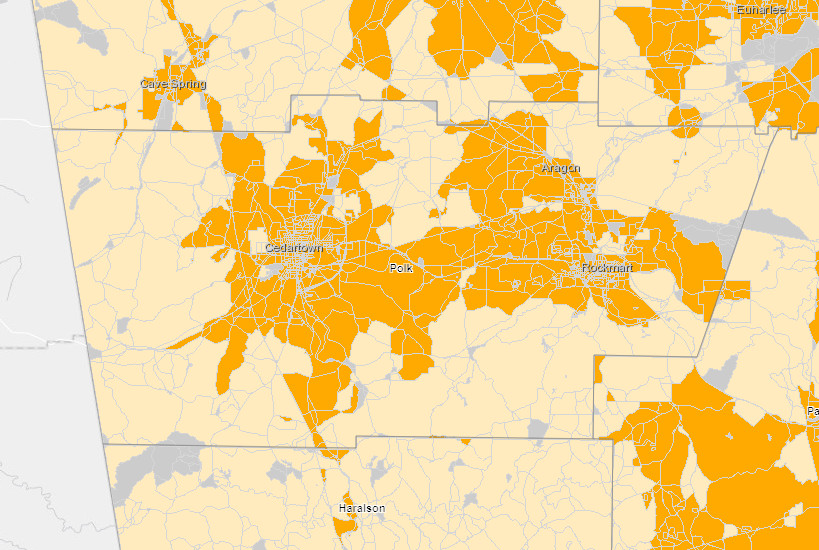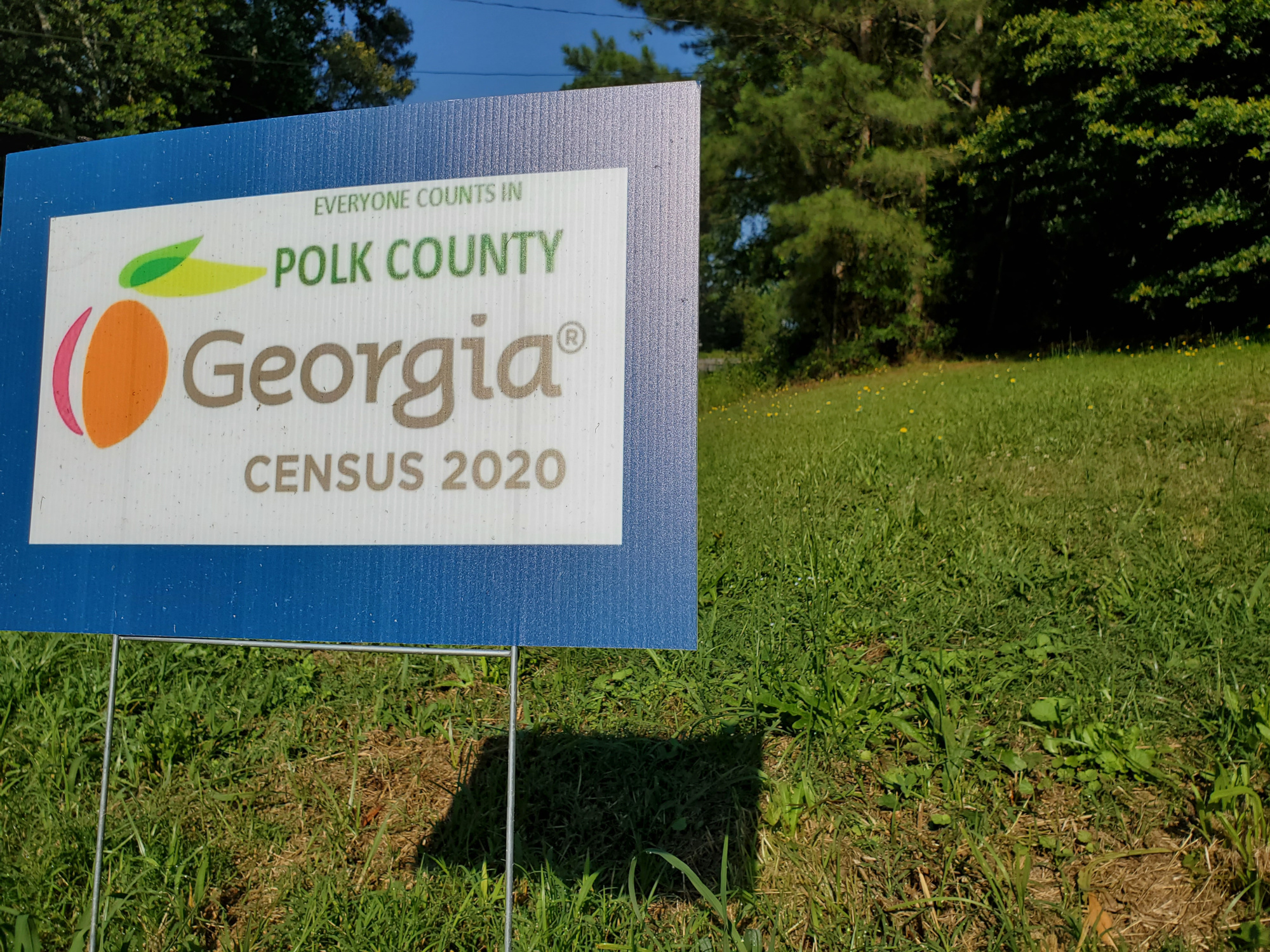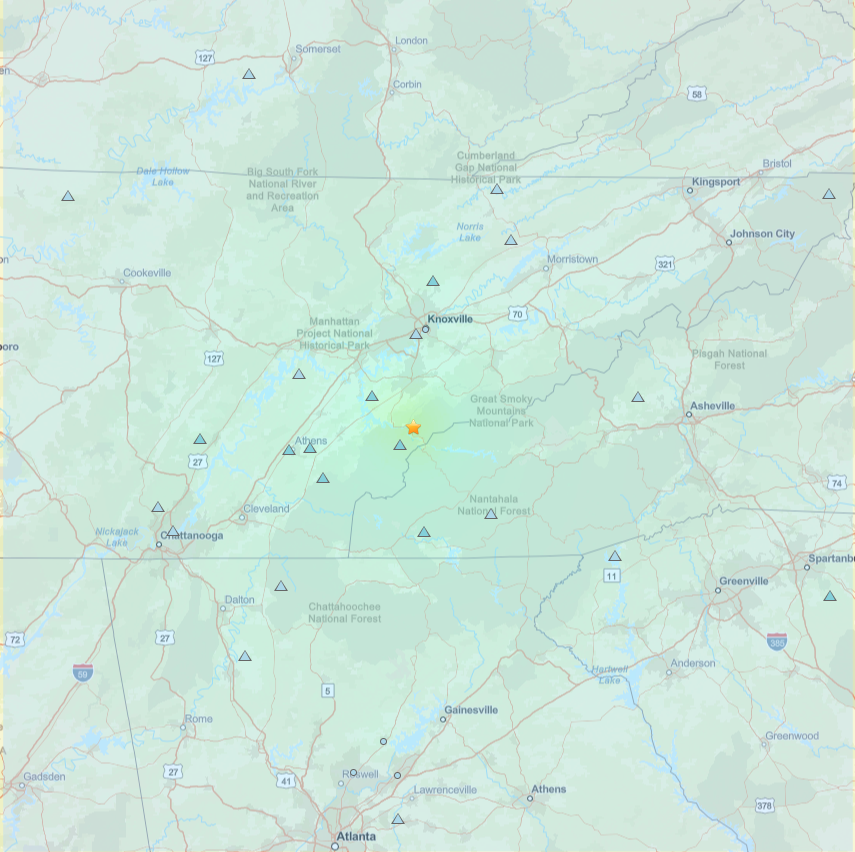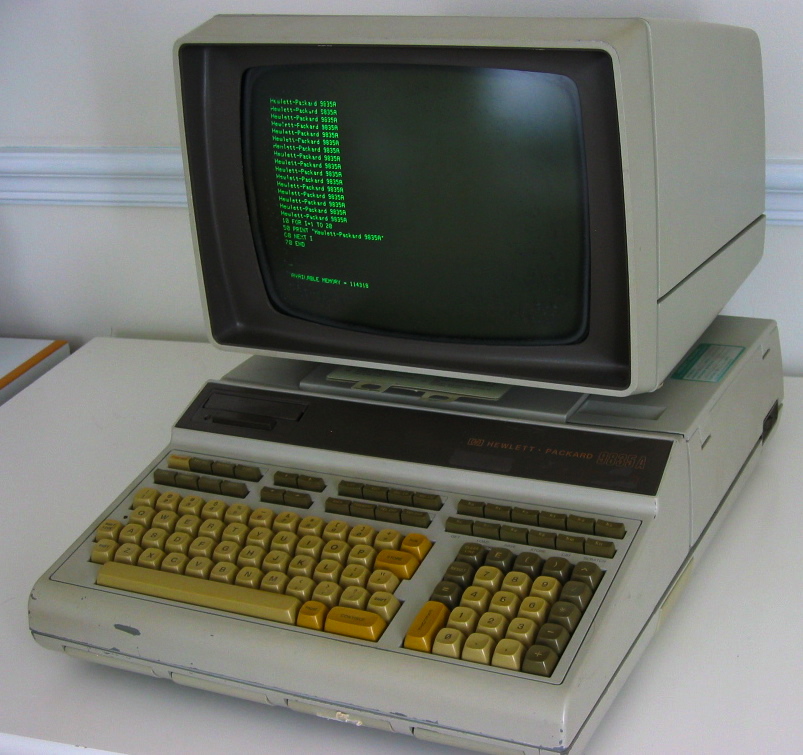
Polk County’s 2020 Census response rate remains behind the area, state and nation after the first six months of the year, and well behind in the number of people who are responding online compared to the state and national rates.
As of today (July 6), the county’s self-response rate to filling out and turning in information to the Census Bureau stood at 46.8%, well below the statewide rate of 57.7%, and the national rate of 61.9%.
One of the reasons the data is showing that Polk County is behind is the lack of opportunity for people to use the online resources for filling out the census with broadband speeds, which is also shown in a new map provided by the state on broadband availability across the state. An area where Polk County is greatly lagging behind.
First, some basics.
Polk County is divided into seven different census tracts, just like the number of precincts within the county. Much of Cedartown sits within its own tract, while Rockmart is mainly included in a tract of its own, though it also includes much of the southeastern portion of the county bordering Paulding and Haralson.
These seven tracts numbered 101 through 107 also make up a good portion of the rural areas of Polk, with exception of Tract 102.01, that is made up entirely of the Cedartown area.
It is also the one that marks the highest response rate online, and self-response rate in the county. Currently, 55.4% of the households within the tract making up Cedartown have responded without any census takers coming to the house, and of that 43.7% of households used the census website or app to fill out their information and submit it as part of the national count that takes place every 10 years.
Compare that to Tract 104, that encompasses a good portion of the southern part of Polk County, and the southern half of Cedartown down the Highway 27 corridor. Households are at a 39.7% self-response in Tract 104, with only 18.5% of households using the internet to submit their 2020 Census data.
Looking at this from a visual perspective with the state’s new broadband map now available, it is clear to see why the response rate online is much lower in Polk County than it should be. Availability past a certain point outside of Cedartown and Rockmart is a tricky situation.

Major corridors of travel – Highway 27 North and South, Highway 100 South and North to certain points, Highway 101 and Highway 278 all have good connectivity options for those who live within a certain distance of these thoroughfares for locals and travelers alike utilize on a daily basis. That has a lot to do with the accessibility of land for utilities to run main fiber lines underground thanks to rights of way for the cities and counties, but the further one goes out into the rural portions of the county, the less likely broadband access will be available.
According to the new map, large swaths of western Polk County, all along the Haralson line to the south with the exception around Highway 27 and major portions of northern Polk County on the Floyd, Bartow and Paulding lines have no access to broadband at all.
Much of that has to do with the expense of the additional infrastructure and installation of lines needed to serve customers in their homes in rural portions of the state and nation, a problem the Georgia legislature tackled in previous years by allowing electric cooperatives to provide broadband service, and implemented rules on how that would work in months past.
Electric providers who do want to go into the broadband business would not be able to pass along the costs to customers is one of the likely sticking points that will hinder expansion of high speed internet connectivity to customers.
However, there are some alternatives on the horizon. SpaceX’s Starlink is among the new high speed broadband satellite providers (HughesNet is a current one as well) that can provide internet from hundreds of miles above.
Until then, One of the major hindrances for the 2020 census response will be internet connectivity, especially as the COVID-19 pandemic has made the option of large gatherings to fill out census information near impossible for the time being.
Polk’s neighbors are remain ahead in the Census self-response for 2020, with even Haralson County ahead.
Northward in Floyd County, the rate stood at 59.4%, with 45% of households using the internet to send off census data. Bartow’s current figure stood at 62.1% of residents, with 52% of those people using the online tool. Paulding has a 67.6% response rate (60.5% online) and Haralson posts a 60.5% response to the Census, though their online submissions stood at only 31.9% of the total. Even Chattooga and Dade County’s response rates much further north stood higher than Polk’s, both closer to 50% as of July 6.
The lesson? Be counted, and fill out the census. For those who are used to filling out forms, please submit them if they’ve come in the mail as soon as possible.
Why does the Census matter? Other than being constitutionally mandated for all people to be counted in the nation every 10 years to determine as accurate a population as possible for the United States, it also determines everything from state and federal representation in legislatures and the Congress, provides the government data on where best to spend tax dollars annually, and is important for giving local planners solid data on where best to use limited resources available to them.
That’s just a small slice of what the Census data does for the nation.
Visit 2020census.gov for those who have internet access and can fill out the information easily. There’s also an app for phones to make processing of data as simple as a few clicks, and much more information on how to get help for those who need it with forms and questions.





















Leave a Reply